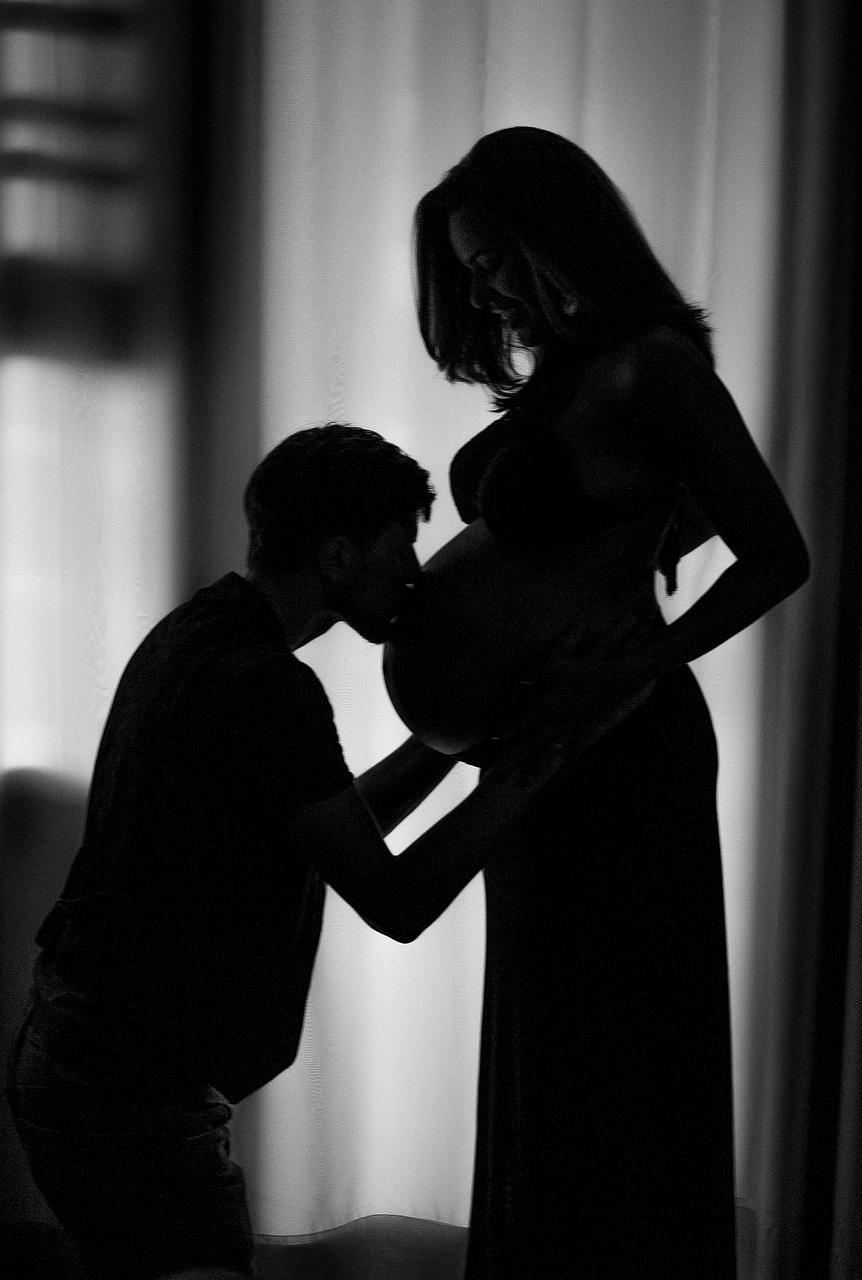When it comes to taking medications during pregnancy, it’s important to prioritize the health and safety of both the pregnant person and the developing fetus. Claritin, a popular over-the-counter antihistamine, is generally considered safe to take during pregnancy. This is great news for expecting mothers who may be suffering from allergies and seeking relief. However, it’s always recommended to consult with your healthcare provider before starting any new medication regimen, including Claritin.
Antihistamines like Claritin are commonly used to alleviate symptoms such as sneezing, runny nose, and itching due to allergies. The active ingredient in Claritin, loratadine, is generally well-tolerated and does not typically cause drowsiness, making it a preferred choice for many individuals, including pregnant women. Despite its favorable safety profile, it’s crucial to discuss the potential risks and benefits of taking Claritin while pregnant with your healthcare provider.
During pregnancy, many women experience changes in their immune system, which can sometimes result in increased susceptibility to allergies. This may prompt some pregnant individuals to seek relief through medications like Claritin. While current research suggests that Claritin is unlikely to cause harm to the developing fetus, there may be instances where alternative treatment options are recommended based on individual health factors.
It’s worth noting that while Claritin is generally considered safe for use during pregnancy, certain other medications, such as decongestants, may carry potential risks. Decongestants, commonly found in combination with antihistamines in some over-the-counter products, should be used with caution during pregnancy due to their potential to constrict blood vessels and affect blood flow to the placenta.
When considering the safety of taking Claritin 24 Hour while pregnant, it’s essential to weigh the potential benefits of symptom relief against any possible risks. Your healthcare provider can provide personalized guidance based on your medical history, current health status, and pregnancy stage. This individualized approach ensures that you make informed decisions regarding your health and the well-being of your baby.
Studies have indicated that loratadine, the active ingredient in Claritin, is considered low risk when used during pregnancy. The medication is classified as a Category B drug by the U.S. Food and Drug Administration (FDA), indicating that animal reproduction studies have not demonstrated a risk to the fetus, and there are limited human studies available.
Despite the generally favorable safety profile of Claritin, some pregnant individuals may prefer to explore non-pharmacological options for managing their allergy symptoms. Nasal saline sprays, steam inhalation, allergen avoidance, and other natural remedies can be effective in alleviating mild to moderate allergy symptoms without the use of medication.
It’s important to remember that individual responses to medications can vary, and what works well for one person may not be suitable for another. If you’re experiencing severe allergy symptoms during pregnancy and considering taking Claritin 24 Hour or any other antihistamine, it’s best to seek guidance from your healthcare provider to ensure the most appropriate and safe treatment plan.
In conclusion, while Claritin 24 Hour is generally considered safe for use during pregnancy, it’s crucial to prioritize open communication with your healthcare provider to make informed decisions about your health and well-being. By discussing your allergy symptoms, treatment options, and any potential concerns with your healthcare team, you can work together to develop a plan that prioritizes safety and efficacy for both you and your baby.

